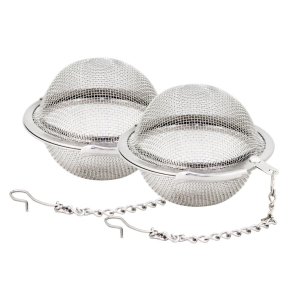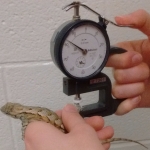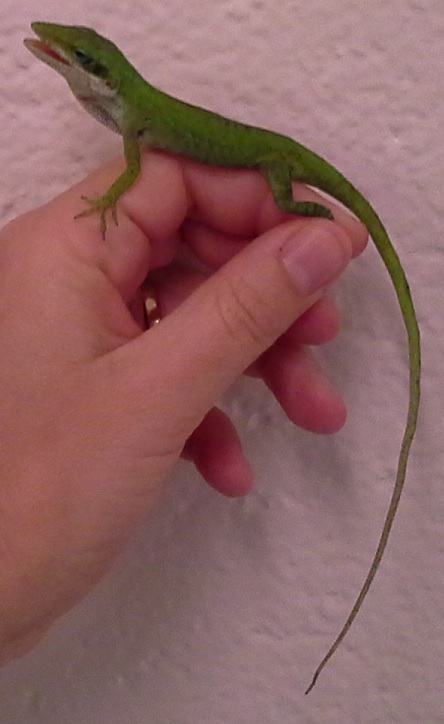While looking up ideas for how to run some of my immune assays in the field, I stumbled across the twitter hashtag, #reviewforscience, where scientists leave reviews for common, everyday items they use in their research. So, in the interest of sharing how our lab has repurposed some everyday items for science, I thought I’d do a few reviews of my own.
As has been noted by other esteemed colleagues, dental floss is excellent for making nooses when capturing lizards. Just tie the noose on the end of a cheap fishing pole to reach lizards high up in trees!


Work well for individual or group-housed adult fence lizards. Adding clean, damp sand substrate makes an ideal habitat for females ready to lay and bury their eggs. Smaller versions can be used for hatchlings and juvenile fence lizards. Easily sterilized in standard cage washes! Just remember to wrap in opaque paper before use to prevent adult males from seeing one another.
Work great for timing basking lights to match up with daylight hours outside, to maintain the circadian rhythms of captive-housed fence lizards. Make sure you get the type with 2 grounded outlets!
So many uses in a lizard lab! Can be used to hold lizards, crickets, and eggs for weighing. Great for transporting hatchlings from the lab to the field! When filled with damp vermiculite, they make an excellent place to incubate fence lizard eggs!
Like other scientists, we’ve found that a thermocoupler probe “fits neatly inside a lizard’s cloaca” for measuring body temperature.
Works great for collecting leftover crickets in order to track how many were eaten. Fairly quiet, and less stressful to fence lizards than reaching in to hand-capture the crickets, as well as being much less time consuming! And crickets are undamaged, so can be used again in later feedings (hand capture of crickets often results in squished crickets). Long-lasting battery, can vacuum over 100 cages before needing to be recharged.


Surprisingly effective organic glue for attaching deceased fire ants to live crickets for a fence lizard feeding study. I wanted the fence lizards to consume fire ants without being stung, which meant the fire ants needed to be euthanized first. But fence lizards won’t consume unmoving prey, so I had to attach the fire ants to a living insect. Using <5µl of honey, I was able to stably attach 10 fire ants to each cricket, and the cricket was still able to move about freely.
Great container to hold isoflurane-soaked cottonballs for lizard anesthesia. The wire mesh allows the lizard to breath in the isoflurane, but holds in the cotton ball to avoid direct contact with the animal. Have not tried to use tea strainers with fire ants. Can also be used to strain particulate matter out of feces when performing fecal parasitology tests.
Used in the production of fake lizard models for predation studies. Easy to use, and held up well to short-term exposure to the elements.
Works well to make dry-erase labels for tubs, in order to quickly label and re-use for weighing crickets and lizards.
I’m thinking of using one of these this field season as an inexpensive, travel-friendly alternative to a water bath. When in the field, just clip this onto the side of a container full of water, plug into a wall outlet or portable car charger, set the temperature you want the water at, and go! No need to transport an expensive, bulky water bath.
































